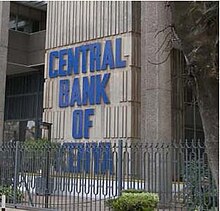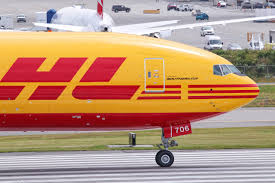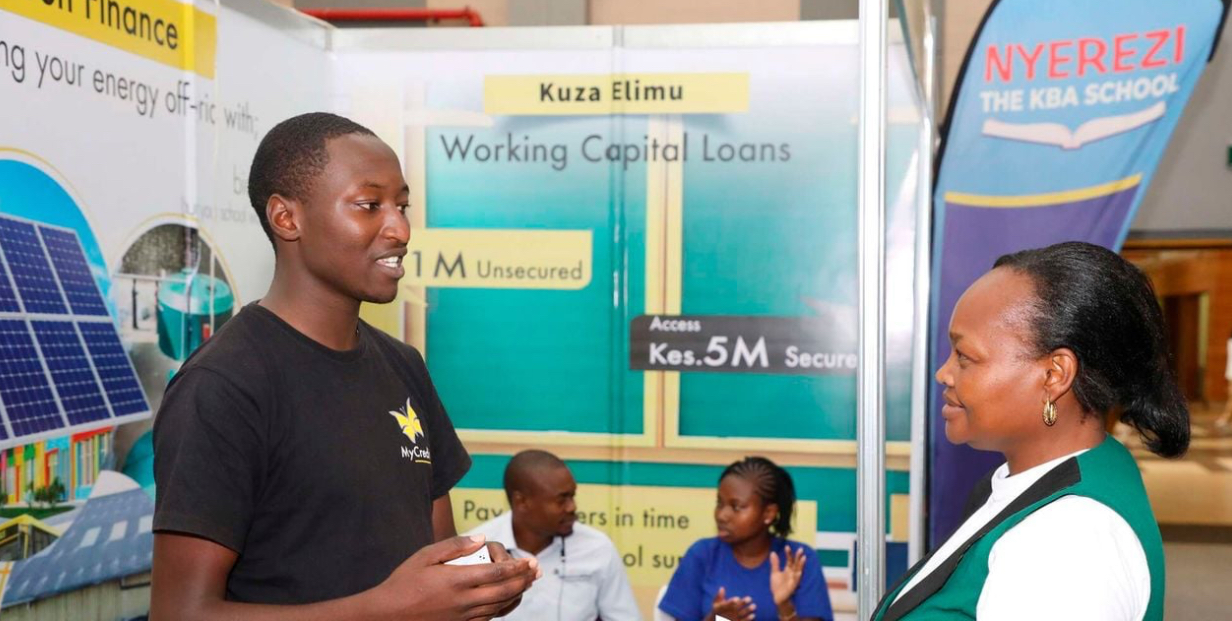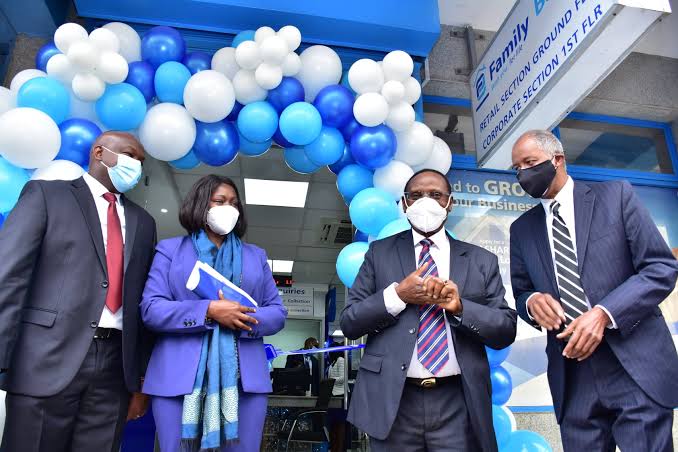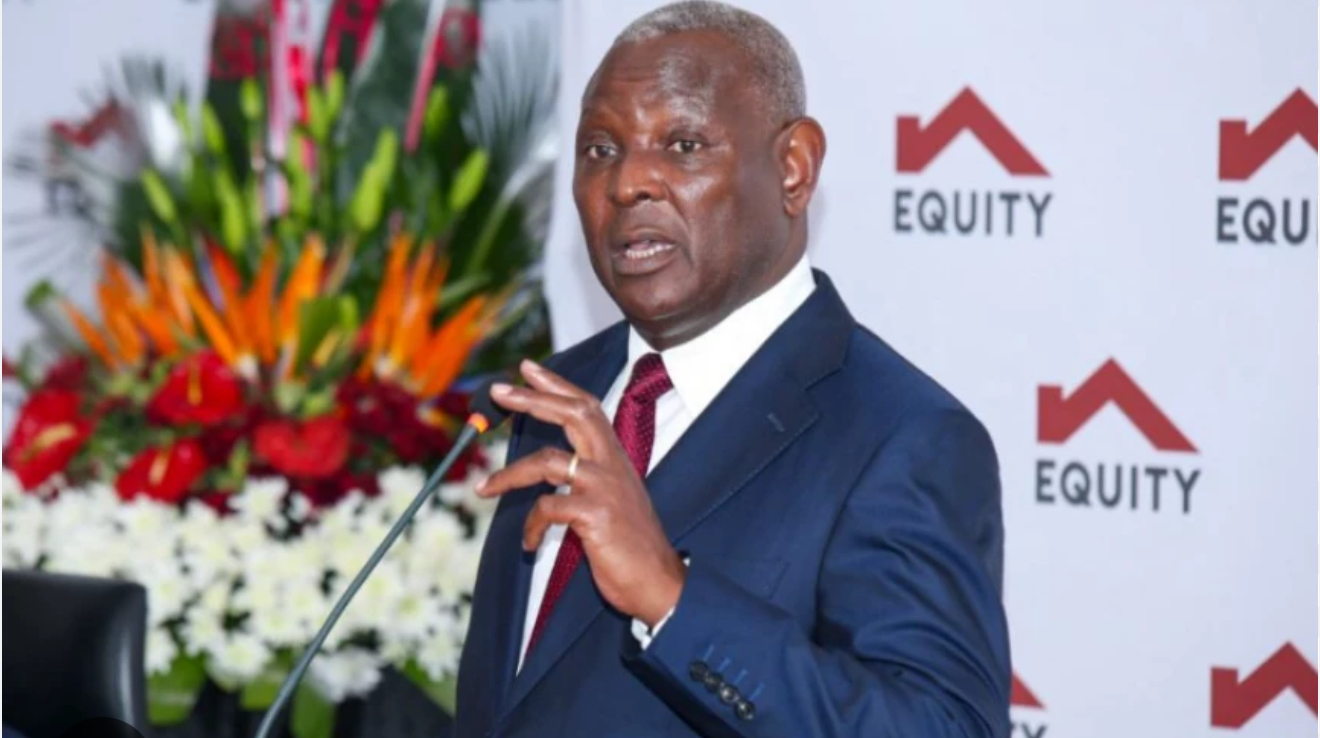The Kenya Revenue Authority (KRA) has secured direct links into the government’s financial systems, allowing it to monitor payments to public servants and suppliers in real time. In a new integration push, KRA’s iTax system is being linked with the National Treasury’s Integrated Financial Management Information System (IFMIS) – which handles budgeting, procurement, and payments – as well as the Government Human Resource Information System (GHRIS) for payroll, and the Central Bank’s payment platform (often referred to as G-Pay) . This means KRA will have a live window into the salaries, allowances, and contract payments flowing out of government coffers. Officials describe the linkage as “more or less as good as done,” poised for roll-out within weeks . Under this scheme, every transaction involving government funds, from monthly civil service payroll to supplier invoices, will be automatically reported into KRA’s tax database. IFMIS, adopted by Kenya to digitize public finance, tracks everything from budget planning through procurement tenders to payment and accounting . GHRIS, in place since 2011, manages civil servant records and payroll processing . By plugging these into iTax – KRA’s online tax filing and collection system – the taxman gains unprecedented oversight of who is being paid what by the state, down to each shilling. The Central Bank’s settlement system (G-Pay) is also part of the integration, ensuring that as funds are released to payees, KRA can cross-check them instantly . This linkage effectively lets KRA “spy” on government payments in real time, as some observers have put it. For the first time, the tax agency will have live visibility into public servants’ full pay and perks, and into all firms doing business with national and county governments . Salaries, allowances, and supplier payments that previously might only be reported to KRA after-the-fact can now be seen as they occur. KRA officials say this will enable real-time reconciliation of public sector payments with corresponding tax records . In the past, when ministries and counties paid out funds through the Central Bank, KRA would only learn of the transactions later and then chase any taxes due. Now, as KRA’s Commissioner for Large and Medium Taxpayers, Rispah Simiyu, explains, the tax system integration means “KRA will now be able to do real-time reconciliation of all public sector-related payments made to the Central Bank of Kenya,” eliminating delays in matching payments to tax obligations . In effect, KRA can automatically flag a government supplier who is paid millions for a tender but hasn’t declared the income, or detect if a civil servant’s hefty allowance isn’t reflected in their PAYE (Pay As You Earn) tax remittances. Procurement contracts are a major focus. With the new system, KRA can track every shilling paid to contractors and vendors by state entities and compare it against what those suppliers file in their tax returns  . “The integration of IFMIS with iTax will make it easier and quicker for KRA to match supplier pay with tax payments,” the agency noted, helping catch those who earn from government deals but do not pay the full taxes due . Previously, some unscrupulous contractors would win big tenders and even get paid, yet file nil returns or falsify invoices to avoid taxes . Now, such discrepancies can be caught almost immediately. Similarly, KRA’s access to GHRIS will give it a full view of each public worker’s remuneration – basic salaries and all allowances – enabling the authority to spot any under-declaration of income or lapses in withholding tax . Any attempt to pay “off the books” perks or to omit portions of pay from taxation could be swiftly identified. Tax experts note that this essentially turns routine government disbursements into a transparent feed for the tax authority. It’s a step change in oversight: every government payslip and cheque is visible to the taxman. While KRA has long had the legal power to demand information on incomes, this automated feed vastly accelerates and broadens its monitoring capacity. From the KRA’s perspective, it is like installing a direct CCTV camera on the government’s payroll and procurement cash flows. “This will mean KRA can do in-the-moment audits of payments, rather than waiting months or years,” a tax officer privy to the project remarked. The National Treasury has presented this move as a crucial strategy to bolster tax compliance and shore up Kenya’s strained public finances. With public debt servicing now consuming over half of collected taxes , President William Ruto’s administration is under intense pressure to raise revenue and cut off leakages. The integration of KRA with payment systems is part of a broader “growth-friendly fiscal consolidation plan” aimed at narrowing budget deficits without solely relying on new borrowing . By ensuring everyone who gets paid by the government pays their fair share back in taxes, the state hopes to plug revenue leakages and collect billions of shillings more each year . Tax evasion and under-payment in the public sector have been identified as significant problems. In the financial year to June 2024, the public sector (government employees and suppliers) contributed about KSh99.24 billion in taxes . Officials believe this figure should be higher, and that some of it “leaks�.......
This Article is Locked!
Experience exclusive content for free! We’re unlocking all features for new members, but this access won’t last forever. Don’t miss your chance—secure your spot now!


